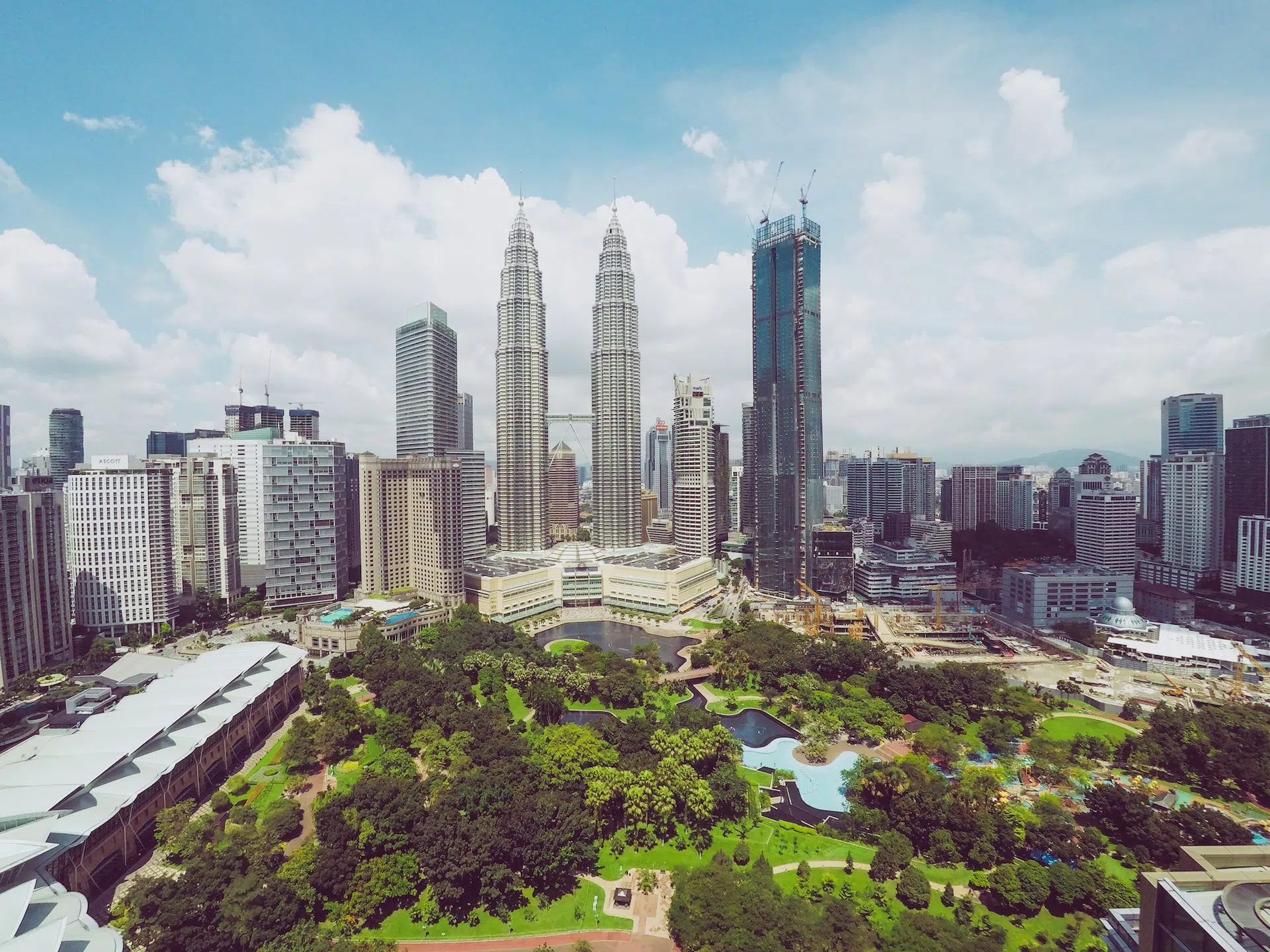
How to Get Around in Malaysia by Train, Plane, Bus or Car
Over 100+ hours of expert travel research on Malaysia, now presented to you in a short and easily digestible format for Free. Bookmark and save this page for future reference and updates.
Getting Around Malaysia
-
🚆
Most popular: The KTM Komuter and ETS (Electric Train Service) connect major cities on the Peninsular Malaysia, such as Kuala Lumpur, Penang, and Johor Bahru, offering a reliable and efficient way to travel between urban centers.
-
💰
Cost-effective: Buses are the most economical way to travel across Malaysia, with extensive networks covering both Peninsular and East Malaysia. Companies like RapidKL and long-distance coaches provide services to most destinations.
-
⏱️
Time-efficient: Domestic flights are an excellent option for quickly reaching East Malaysia (Sabah and Sarawak) or popular islands like Langkawi and Penang from the mainland.
-
🚕
Local transport: In cities, taxis and ride-hailing services like Grab are readily available and offer convenient, although sometimes more expensive, travel options within urban areas.
-
🚲
Cycling: In more rural areas or on some islands, renting bicycles can be a delightful way to explore local scenery at your own pace.
-
⚠️
Warning: Traffic in cities like Kuala Lumpur can be very congested, especially during rush hours. Planning travel outside these times can save a lot of time.
🚗 Car
- In Malaysia, you drive on the left-hand side of the road.
- Car rental is available at airports and in major cities, offering freedom to explore at your leisure, especially in areas with less frequent public transport.
- The legal BAC limit is 0.08%. DUI laws are strictly enforced with severe penalties for non-compliance.
- Speed limits are typically 60 km/h in urban areas, 90 km/h on state roads, and up to 110 km/h on expressways.
- Use of seat belts is mandatory for all passengers, and children under 135cm must use appropriate child seats.
🚕 Taxi
- Taxis are metered, but it's advisable to confirm that the driver intends to use the meter before starting your journey to avoid overcharging.
- Ride-hailing services like Grab are widely used and generally preferred for their convenience and transparent pricing.
🚌 Bus
- Local buses are a common sight and form the backbone of public transport in many Malaysian cities. Be prepared for varying levels of crowding and always keep loose change handy for fares.
- Long-distance buses are comfortable and cost-effective for traveling across Peninsular Malaysia, often equipped with air conditioning and reclining seats.
🚇 Metro and Trains
- Kuala Lumpur has an efficient metro system, including the LRT, MRT, and monorail, which are interconnected and cover the main areas of the city.
- The train service is an excellent choice for scenic routes, especially the jungle railway in East Malaysia which offers stunning views of the natural landscape.
Transport Tips for Malaysia
-
🚜
Rural Transport: Transport in rural areas can be sporadic, and many locals rely on their own vehicles. Consider renting a car or using local taxis for day trips.
-
🛣️
Toll Roads: Many of the highways in Peninsular Malaysia are toll roads. Ensure you have enough cash or a Touch 'n Go card to pay for tolls.
-
🚓
Traffic Law Compliance: Traffic regulations are strictly enforced, especially on highways. Be cautious of speed limits and road signage to avoid fines.
-
🚫
Vehicle Restrictions: Some areas, particularly in Kuala Lumpur, restrict vehicle access during peak hours to alleviate traffic congestion.
-
✈️
Air Travel: Consider using domestic airlines to reach East Malaysia or major tourist islands efficiently, especially if your time is limited.
-
🏍
Motorbikes and Scooters: These are a popular mode of transport in rural and urban areas. Renting one can be an adventurous way to explore, but always wear a helmet and follow local traffic rules.
-
🚶♂️
Walking: In cities, particularly within heritage sites like Georgetown in Penang, walking is the best way to enjoy the local culture and architecture.